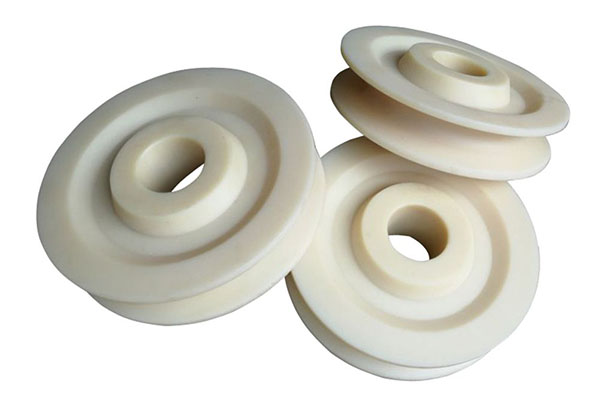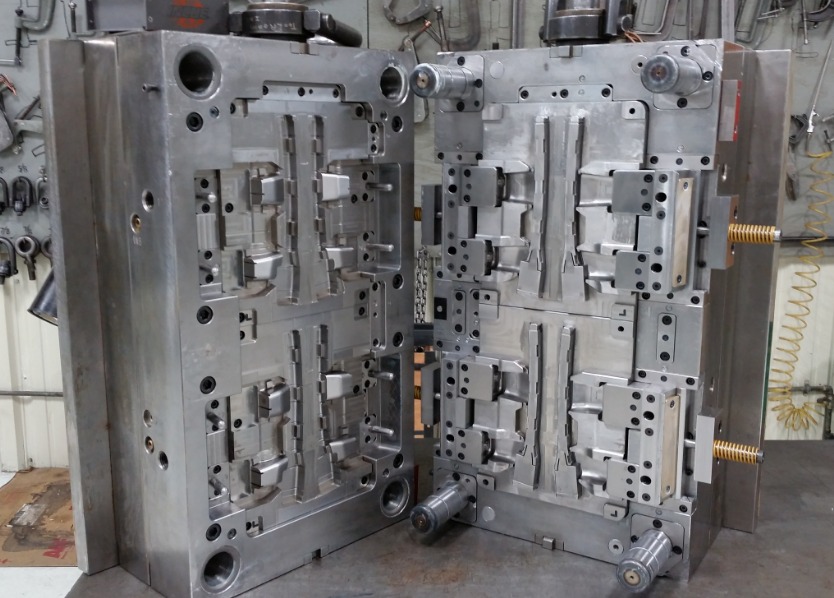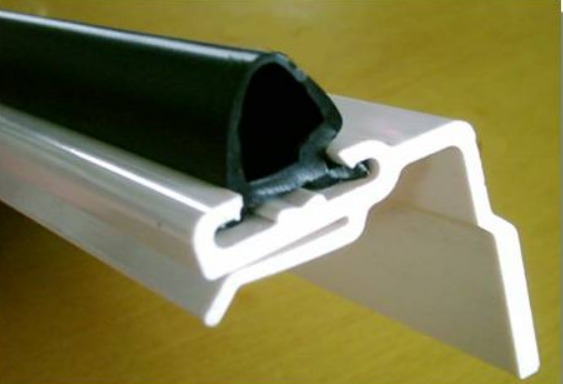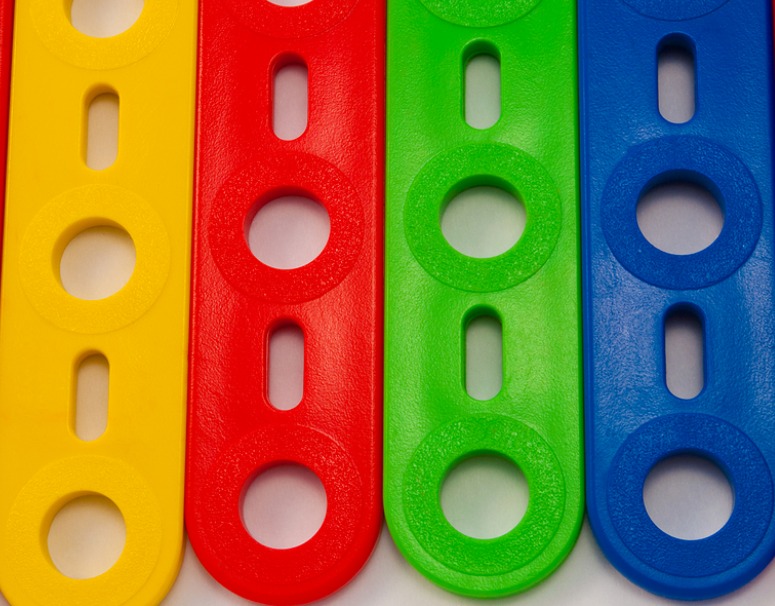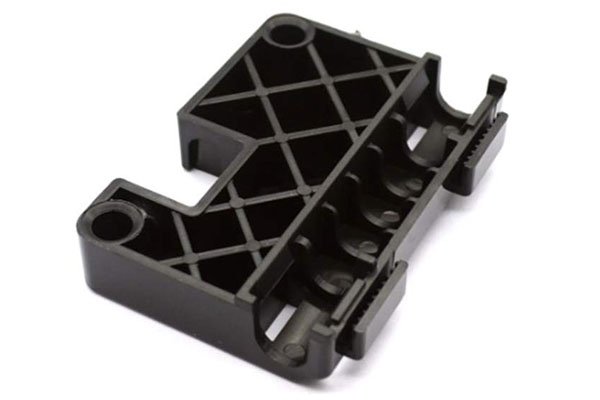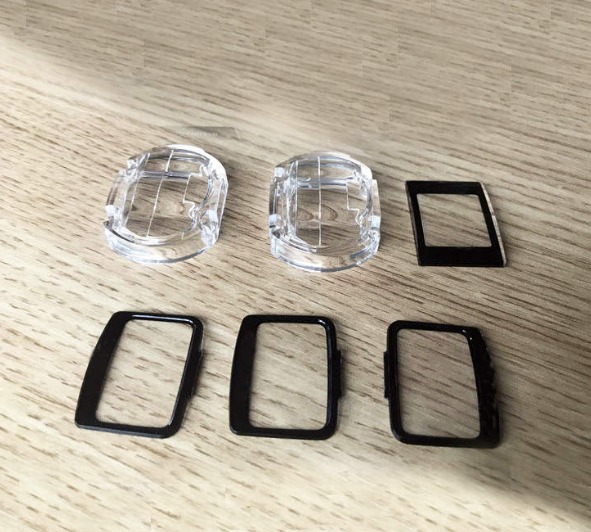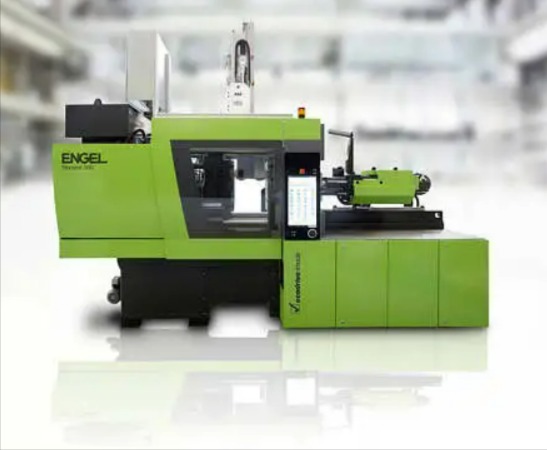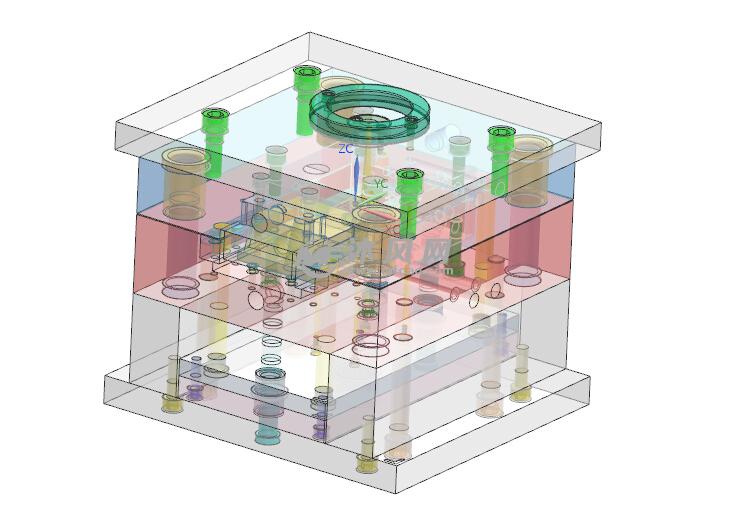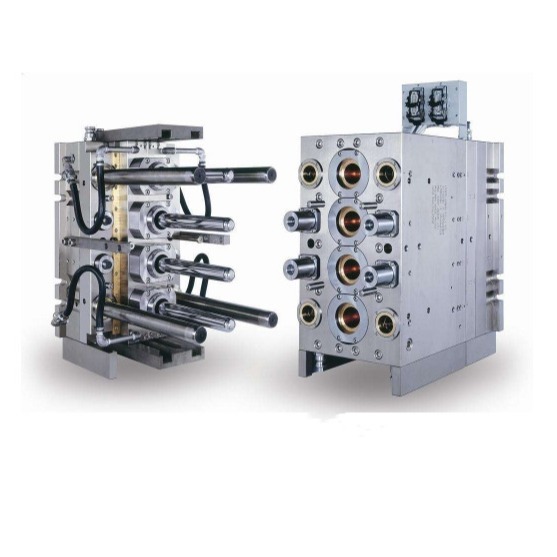Acrylonitrile Butadiene Styrene (ABS) is a go-to material in injection molding, yet many manufacturers grapple with its unique challenges. From parts that warp unexpectedly to surface defects ruining otherwise perfect components, even seasoned professionals struggle to unlock ABS’s full potential. Miscalculating drying times can lead to voids, while improper mold design might result in short shots—costly issues that delay production and eat into profits. This guide addresses these pain points, offering expert insights into ABS’s characteristics, molding processes, mold design, and more to help you achieve consistent, high-quality results.
Material Characteristics of ABS: Why It’s a Industry Favorite
Acrylonitrile Butadiene Styrene (ABS) is a terpolymer celebrated for its balanced properties, making it a staple in countless applications. Its mechanical properties strike a sweet spot: tensile strength ranging from 30 to 50 MPa, and a flexural modulus of 1.5 to 2.8 GPa, providing enough rigidity for structural parts while remaining pliable enough to withstand impacts.
Impact resistance is one of ABS’s standout features, especially at low temperatures. Unlike many plastics that become brittle in cold environments, ABS retains its toughness, with notched Izod impact strength averaging 20–40 kJ/m²—ideal for products used outdoors or in cold storage.
When it comes to thermal stability, ABS has a glass transition temperature around 105°C, meaning it can handle moderate heat without deforming, suitable for applications like coffee machine housings. Its chemical resistance is impressive too; it resists dilute acids, alcohols, and oils, though it’s not ideal for prolonged exposure to strong solvents like acetone.
Melt flow index (MFI) varies by grade, with values typically between 1 and 40 g/10min (at 220°C/10kg). Higher MFI grades flow more easily, suitable intricate parts with thin walls, while lower MFI grades offer better strength. Specialized grades include flame retardancy variants (rated UL94 V-0) for electronics and color stability options that resist fading under UV exposure.
Injection Molding Process for ABS: Fine-Tuning the Variables
The ABS molding process demands precision to leverage its properties effectively. Start with drying requirements: ABS is hygroscopic, absorbing moisture from the air, which causes bubbles and surface splay. Dry it at 80–90°C for 2–4 hours in a dehumidifying dryer, ensuring moisture content below 0.05%.
Melt temperature is critical—too low, and the plastic won’t fill the mold properly; too high, and it degrades, discoloring parts. Aim for 220–260°C, with the barrel zones gradually increasing from feed to nozzle.
Injection pressure typically ranges from 80 to 140 MPa, while injection speed should be moderate (50–80 mm/s) to avoid shear heating, which can cause yellowing. Packing pressure at 70–90% of injection pressure helps prevent sink marks, applied for 1–3 seconds.
Cooling time makes up 50–70% of the total cycle time, usually 10–30 seconds depending on part thickness. Thicker sections need longer cooling to prevent warpage. Process optimization often involves tweaking these variables in tandem—for example, increasing melt temperature if a part has short shots, or slowing injection speed to reduce flash.
Mold Design for ABS Molding: Crafting the Perfect Tool
Mold design principles for ABS focus on enhancing its flow and minimizing stress. Mold flow analysis is invaluable, simulating how ABS fills the cavity to identify issues like air traps.
ABS mold materials should balance durability and cost. P20 tool steel works well for medium-volume runs, while H13 is better for high-volume production, resisting wear from ABS’s slight abrasiveness.
Cooling channel layout is crucial. Space channels 1.5–2 times their diameter apart, keeping them 10–15 mm from the cavity surface to ensure uniform cooling. Venting requirements are strict—ABS flows well but traps air, so add vents 0.02–0.03 mm deep along parting lines and at the end of flow paths.
Draft angles of 0.5–1° per side prevent part damage during ejection, especially for textured surfaces. Ejector pin design should distribute force evenly; use multiple small pins rather than a few large ones to avoid marring the surface. For complex parts, consider hot runner systems to reduce waste and improve flow consistency.
Quality Control and Common Defects in ABS Molding: Troubleshooting Guide
Even with proper processing, defects can occur. Here’s how to identify and fix them:
| Defect | Cause | Solution |
| Warpage | Uneven cooling or excessive residual stress | Adjust cooling channel symmetry; reduce packing pressure. |
| Sink marks | Inadequate packing or thick wall sections | Increase packing time; redesign with gradual thickness changes. |
| Short shots | Insufficient flow or mold filling | Raise melt temperature; increase injection speed/pressure. |
| Flash | Too much pressure or worn mold components | Lower injection pressure; replace worn bushings or seals. |
| Voids | Moisture in material or poor venting | Improve drying; add more vents. |
Quality control methods include statistical process control (SPC), monitoring variables like cycle time and pressure to catch deviations early. Check dimensional accuracy with calipers or CMMs, ensuring parts meet tolerances (typically ±0.05 mm for small parts). Inspect surface defects under good lighting, as ABS’s smooth finish makes flaws noticeable.
Applications of ABS in Injection Molding: From Everyday to Specialized
ABS’s versatility shines across industries:
- Consumer electronics: Smartphone cases and laptop housings benefit from its impact resistance and ease of painting.
- Automotive interiors: Dashboard panels and door handles use ABS for its durability and ability to take complex shapes.
- Toys and games: Its safety (FDA-compliant grades available) and colorability make it ideal for children’s toys.
- Household appliances: Blender bases and vacuum cleaner parts rely on its strength and chemical resistance.
- Medical devices: Non-implantable tools like syringe trays use ABS for its ease of sterilization (via ethylene oxide).
Design for manufacturing is key with ABS—its good flow allows for thin walls (as low as 0.5 mm in small parts), reducing material usage and cycle time.
Post-Processing and Finishing of ABS Parts: Enhancing Functionality and Aesthetics
Post-molding operations unlock ABS’s full potential. Painting and plating adhere well to its surface; chrome plating is common for automotive trim, while spray painting allows for custom colors.
Ultrasonic welding efficiently joins ABS parts without adhesives, ideal for sealed components like water tanks. Adhesive bonding works too—use cyanoacrylates or epoxy for strong bonds.
Surface treatments include sandblasting for a matte finish or laser engraving for branding. Machining and trimming are straightforward with ABS, though it can chip, so use sharp tools and moderate feed rates.
Assembly tolerances should account for slight dimensional changes post-processing—allow ±0.1 mm for welded or bonded parts. Follow finishing standards like ISO 10289 for painting, ensuring consistent quality.
Yigu Technology’s Perspective
As a leading custom manufacturing supplier in China, Yigu Technology excels in ABS injection molding. We leverage our expertise in material selection (matching the right ABS grade to your needs) and precise process control to deliver defect-free parts. Our mold design team uses advanced mold flow analysis to optimize tooling for ABS, ensuring efficient production. Whether you need consumer electronics components or automotive parts, we handle everything from prototyping to mass production, with strict quality checks at every step. Trust us to turn your ABS projects into success stories.
FAQs
- Can ABS be recycled?
Yes, ABS is recyclable. Recycled ABS (rABS) retains most properties, though impact strength may decrease by 10–15%. It’s often blended with virgin ABS for cost savings in non-critical applications.
- What’s the maximum part size achievable with ABS injection molding?
ABS can mold large parts (e.g., 1m x 0.5m) with proper mold design and machine capacity. Ensure the mold has adequate cooling and venting to handle the larger volume.
- How does ABS compare to other plastics like polycarbonate (PC)?
ABS offers better impact resistance at a lower cost than PC but has lower heat resistance (PC’s Tg is ~145°C vs. ABS’s 105°C). For applications needing both, ABS+PC blends are a popular compromise.
